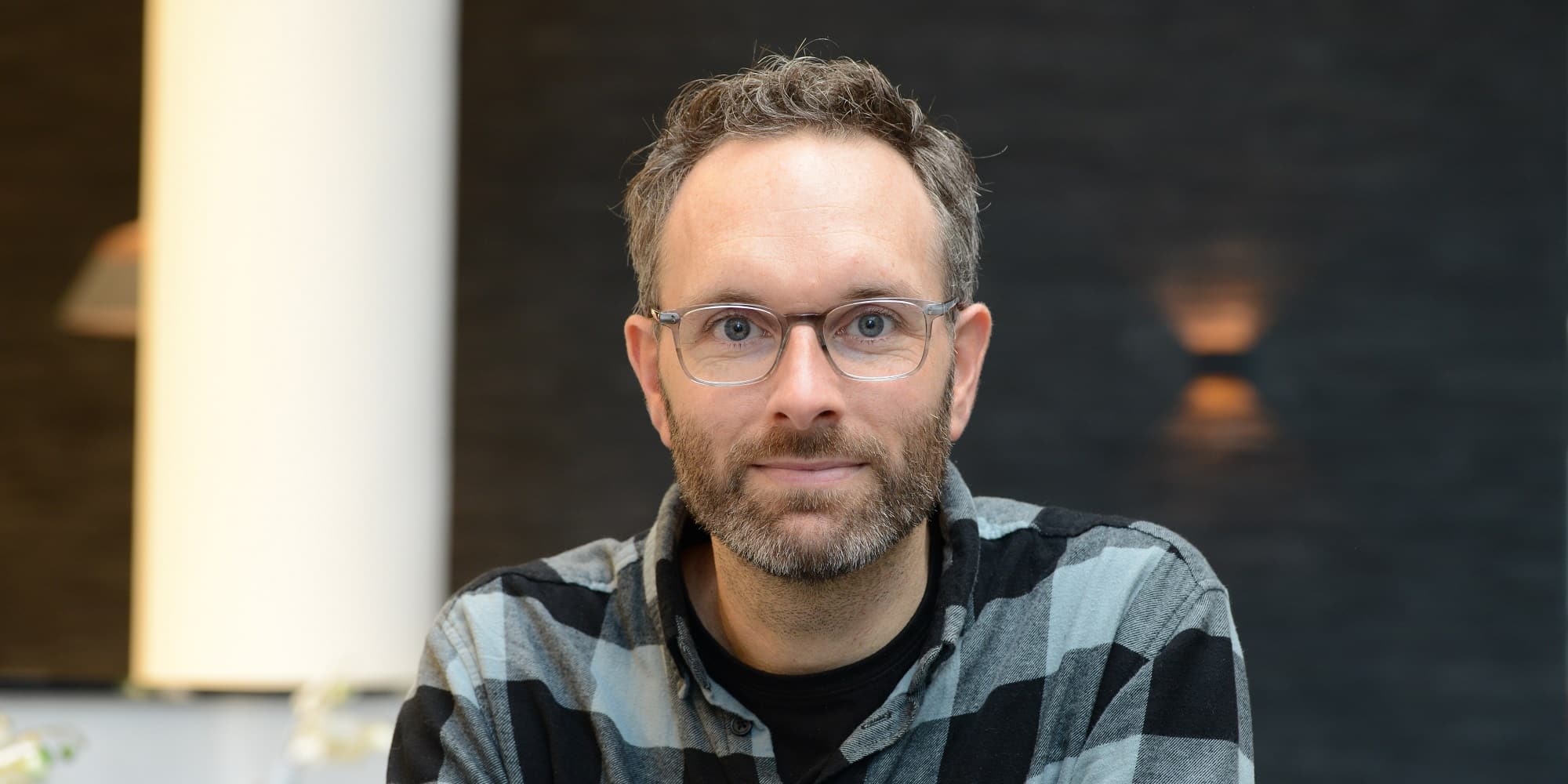Rust, with its guarantee of memory safety, marks its place as a promising programming language. If you’re wondering whether you should invest your time in Rust, computer programming enthusiast Kris van Rens has a highly focused training for you at High Tech Institute.
Rust, an emerging programming language, has started garnering attention among many companies due to its promise of guaranteed memory safety. Of course, there have been novel programming languages before, and the choice to adopt a new one is always a significant decision. If you’re wondering whether Rust could be a useful addition to your software development operations, computer programming enthusiast Kris van Rens has prepared a training for you, “Exploring Rust,” organized by High Tech Institute.
Van Rens likens Rust’s memory safety to guard rails: “It prevents software engineers from shooting themselves in the foot. Essentially, you trade freedom for guaranteed safety and predictable behavior.” Simultaneously, he considers Rust’s expressive syntax as one of its strong suits, making it an attractive language to work with. A third benefit he highlights is the compiler: “It’s a great programming companion, delivering excellent error messages. It also frequently offers suggestions for fixes, literally ‘guiding’ you as you go.”
Production-ready
As Rust is a relatively young programming language, it’s natural to question whether it’s ready for production. According to Van Rens, the answer depends on the application domain, but generally speaking, he would answer with a strong yes. “In fact, many renowned high-tech software engineering companies use Rust in production, for example in application, cloud and web development.”
In more constrained areas like embedded development, full support isn’t always guaranteed, partly because this depends on the support by the manufacturer of the embedded device. Domains like automotive and aeronautics requiring software certification trajectories may also be challenging with Rust at the moment. However, Van Rens indicates, “the German company Ferrous Systems already offers a Rust toolchain that’s ready for use in environments that require an automotive ISO 26262 certification. Efforts toward other requirement levels are underway. It’s just a matter of time.”
''My goal isn’t to deliver Rust experts but to provide participants with a comprehensive understanding of what makes the language different.''
Distinct concepts
Van Rens doesn’t consider Rust harder to learn than advanced C or C++. “Yes, C might be a small language, but mastering C or C++ takes many years of focused work and discipline. Perhaps the learning curve for Rust is steeper in the beginning as the language in itself is larger, but in the long run, it doesn’t make a difference. I often come across software engineering companies publishing articles about their successful Rust adoption, explaining that the language wasn’t particularly hard to learn.”
Part of Rust’s steep learning curve is due to some unique concepts that aren’t found in traditional programming languages like C and C++. In his training, Van Rens focuses on these elements, expecting participants to be software engineers with systems development experience. “This enables me to introduce Rust at an advanced, thorough level. My goal isn’t to deliver Rust experts but to provide participants with a comprehensive understanding of what makes the language different. This assists them in determining whether they should invest their time in Rust and facilitates a successful adoption of the language if they decide to give it a go.”
Because of its focused approach, the “Exploring Rust” training is spread over only two half days, within a two-week time frame. “I immediately jump in at a high level and cover the most important topics in-depth. I spend about 30 percent of the time on hands-on exercises. For those eager to delve even deeper, there are a couple of larger homework exercises.”
This article is written by Koen Vervloesem, freelancer for Bits&Chips.


